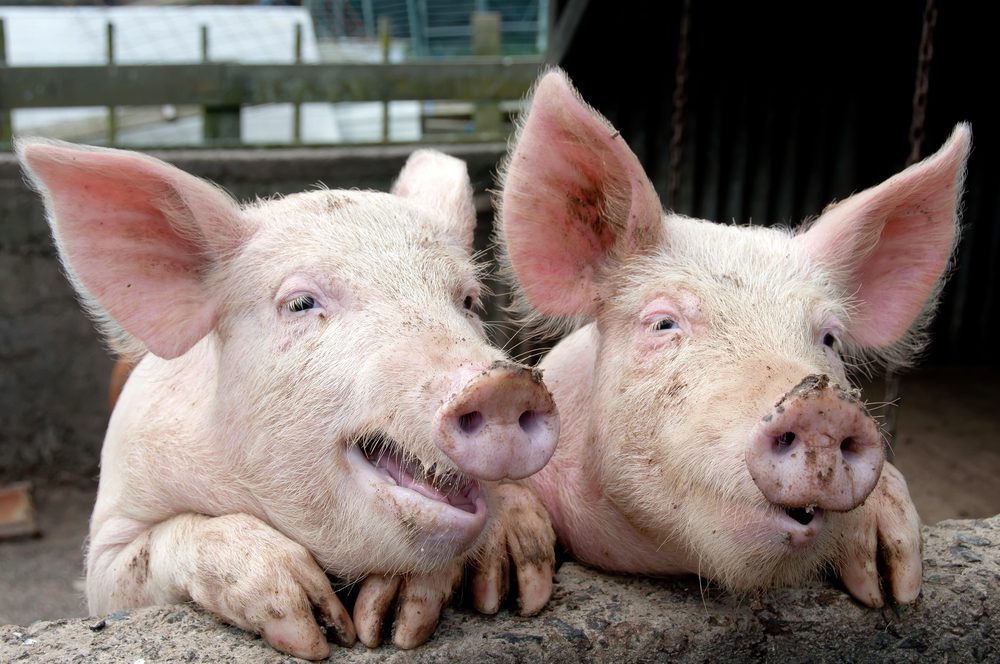In spite of North Ireland beginning to export its pigmeat to India last month, Bord Bia and the Department of Agriculture have no plans to do likewise.
It is estimated that Irish pigmeat exports were worth €570m in 2015 – down 2% on 2014 and more than twice Ireland’s sheepmeat exports (€230m) last year.
However, India has not featured as a destination for Ireland’s pork exports. Instead, access to markets in Thailand, Mexico and Taiwan, for example, has taken priority.
“Those countries would be higher up the list for the Department of Agriculture, in terms of securing market access,” says Peter Duggan, Bord Bia Pigmeat & Poultry sector manager.
Last month Northern Ireland beef, pork and lamb processor Dunbia began exporting its pork to India – a country with over 1 billion people and growth rates of about 7% – a development praised by Northern Ireland agriculture Minister Michelle O’Neill, who acknowledged last month that India is “one of the largest and fastest growing economies in the world.”
“I’m sure India is a large market,” said Duggan, “and there is a small segment of that market that would be able to afford our product.” However, he added that some other nations are being given priority.
“It’s not to say India won’t be accessed in the future. It may be a case where we first monitor how Northern Ireland’s pork exports go down in India – more of a wait and see scenario.”
Bord Bia recently opened a new office in Singapore. Duggan said the two main food exports to Asia have been dairy and pigmeat.
“It gives us the opportunity to reach more markets, so we are broadening our reach in Asia,” said Duggan. He added that it is hoped the new office will prove beneficial in securing market access in Asian nations.
Productivity Improvement Required
In 2015, a 6% increase in export meat plant pig supplies in Ireland was countered by a 10% price decline. Sixty one percent of pigmeat exports, worth €350 million, was sent to the UK, 16% went to other EU and 23% went to international markets.
Behind the UK, China was Ireland’s second most important market in 2015, taking over 40,000 tonnes.
“China has been the number one market for the last three to four years, in terms of international [non-EU] markets. Exports there increased in 2015 by about 34%. Also they are demanding a higher-priced product, moving more from offal to shoulder-type cuts.”
Prior to the Russian food export ban introduced in late January 2014, that nation was our second largest pigmeat market, taking about 20,000t in 2013.
“It’s had a huge impact on Ireland, but on other European countries too. That market is now being supplied mostly by Brazil, as well as increased production in Russia to try and become self-sufficient. Even when that market does open, Russia probably won’t acquire as much pigmeat as it used to,” said Duggan.
Although there are about 1,500 pig holdings in the Republic, it is understood only about 300 of those are commercial pig farmers.
“But we have the highest proportion of 500+ sow farms in Europe. Germany is the largest pig producer in Europe, but they have a lot of part-time pig farmers. But it is very intensive here and price falls in recent months have affected producers badly,” Duggan said.
“I think the way the pig industry has gone over the last 10 years is there’s been a reduction of sows held at pig level, as they have to become more productive. I think in the next few year sows numbers will stabilise but productivity will increase.”
Duggan cites Denmark as one example, where sows on average produce 30 piglets per year, compared in Ireland to about 26 piglets per sow.
“So we have a bit of capacity to improve our productivity,” Duggan concluded.
